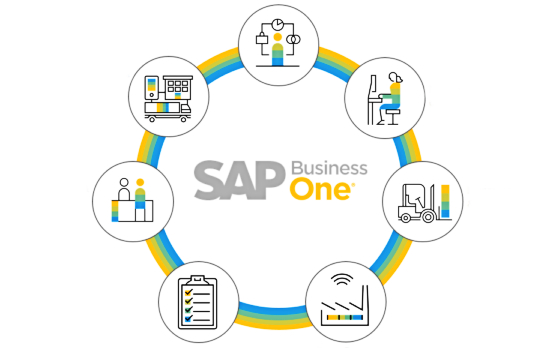Mirasvit Custom Form Builder Magento 2 Extension

Today, we will talk about creating custom web forms on a Magento 2 site. If you are looking for an appropriate third-party solution with a comprehensive set of tools, pay attention to the Magento 2 Custom Form Builder extension by Mirasvit. With the module. online store managers can quickly build custom forms for various purposes and tweak their design and layout. The Magento 2 custom form module comes with a drag-and-drop form constructor, a rich selection of elements, support for various field input types, and other handy features. Below, we have a closer look at the Mirasvit Custom Form Builder extension’s functionality and describe how it works in the backend and frontend.
Continue Reading






